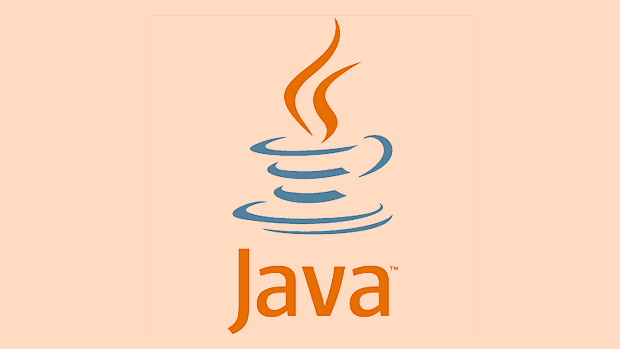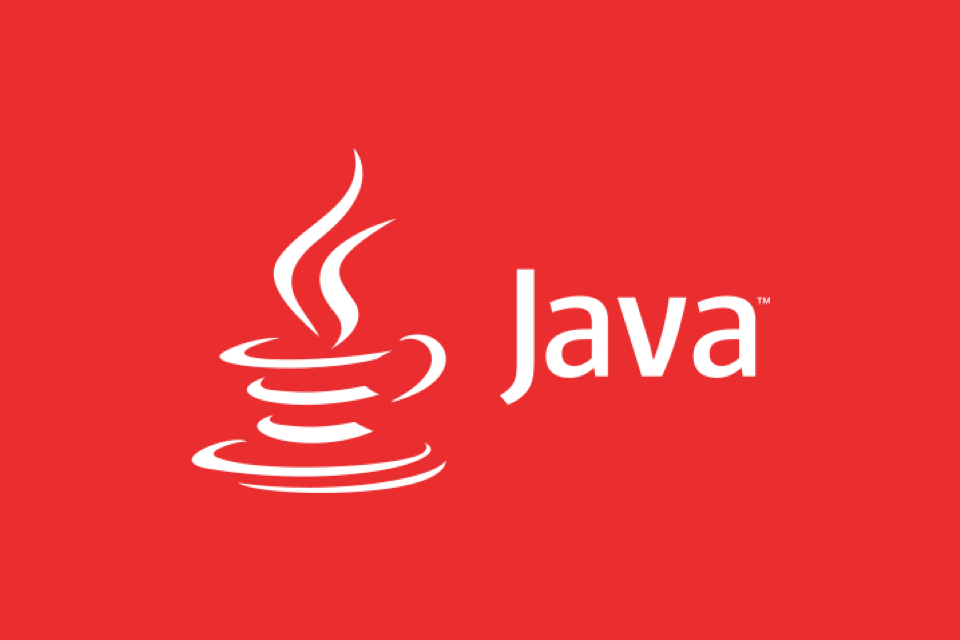The core parameters of ThreadPoolExecutor include corePoolSize, maximumPoolSize, keepAliveTime, workQueue and handler, which together determine the behavior of the thread pool. 1. corePoolSize specifies the number of core threads, and will not be recycled even if they are idle (unless allowCoreThreadTimeOut is enabled); 2. maximumPoolSize defines the maximum number of threads and controls the upper limit of the thread pool; 3. keepAliveTime sets the idle timeout time of non-core threads; 4. workQueue determines the task's queuing strategy, such as using the bounded queue ArrayBlockingQueue to prevent resource exhaustion; 5. handler is used to deal with rejection policies when new tasks cannot be accepted, and CallerRunsPolicy is recommended to implement the backpressure mechanism. Setting these parameters reasonably and understanding their impact will help avoid memory overflow, improve system stability, and ensure the completion of tasks through shutdown() and awaitTermination when the application is closed, thus giving full play to the value of the thread pool.

Java's thread pool executor (ThreadPoolExecutor) is one of the core components in concurrent programming. It can significantly improve program performance when used properly. But many people just know that Executors tool class can quickly create several common thread pools, but ignore the flexibility and control capabilities provided by ThreadPoolExecutor itself.

Understand the core parameters, don't rely solely on the default values
The constructor of ThreadPoolExecutor has seven parameters, the most critical of which are the following:

- corePoolSize : Number of core threads, which will not time out even if it is idle (unless allowCoreThreadTimeOut is set)
- maximumPoolSize : maximum number of threads, maximum number of threads, maximum number of threads for thread pool
- keepAliveTime : How long will non-core threads be recycled after they are idle?
- workQueue : task queue, used to store tasks waiting for execution
- handler : reject policy, how to handle when a task cannot be submitted
For example: If you set corePoolSize to 5, maximumPoolSize to 10, and workQueue capacity is 100, then the first 100 tasks will be queued and threads exceeding corePoolSize will not be created immediately. You will not consider creating a new thread until the queue is full, until maximumPoolSize is reached.
Many newbies use Executors.newFixedThreadPool(10) directly, which looks OK, but its queue is an unbounded queue, which may cause memory overflow. If you use ThreadPoolExecutor yourself, you can control these behaviors more carefully.

Task queue selection, key points that affect thread pool behavior
The selection of the task queue directly affects how the thread pool schedules tasks. Commonly used queues include:
-
LinkedBlockingQueue: Default unbounded, suitable for most scenarios, but may hide the problem of resource exhaustion -
ArrayBlockingQueue: Bounded queues can better control resource caps and avoid system overload -
SynchronousQueue: No elements are stored, each insertion operation must wait until another thread is fetched, suitable for high concurrency and low latency scenarios. -
PriorityBlockingQueue: a task queue sorted by priority, suitable for scenarios where task order needs to be dynamically adjusted
It is recommended to select the appropriate queue type based on the actual load. For example, when processing requests in a web server, using bounded queues and appropriate rejection policies (such as CallerRunsPolicy) can allow the calling thread to handle tasks by itself when there is a high pressure, which can play a current limiting role.
Rejection strategies are not decorations, they must work at critical moments
When the thread pool and task queue are full, new tasks need to be dealt with through rejection policies. JDK has four built-in strategies:
-
AbortPolicy: Throw an exception, default behavior -
CallerRunsPolicy: The calling thread executes the task itself -
DiscardPolicy: Silently discard tasks -
DiscardOldestPolicy: discard the oldest task in the queue and try to resubmit the current task
In practical applications, the most recommended is CallerRunsPolicy because it can slow down the task submission speed and form a "backpression" mechanism instead of simply discarding or throwing exceptions.
Of course, you can also customize the Handler, record logs, alarms or do other processing.
Thread pool lifecycle management, don't forget to close
Many people just ignore the thread pool after writing it, but in fact the thread pool also needs to be properly closed. There are two main methods:
-
shutdown(): No new tasks are accepted, but will wait for the submitted tasks to be completed -
shutdownNow(): Try to interrupt all executing tasks and return the list of tasks waiting to be executed
It is recommended to call shutdown() when the application is closed, and wait with awaitTermination to ensure that the task is completed:
executor.shutdown();
try {
if (!executor.awaitTermination(60, TimeUnit.SECONDS)) {
executor.shutdownNow();
}
} catch (InterruptedException e) {
executor.shutdownNow();
}This can prevent tasks from being forced to be interrupted and ensure data consistency.
Basically that's it. ThreadPoolExecutor is powerful, but it is also easy to misuse. Only by understanding the role of each parameter and the mechanism behind it can it truly exert its value.
The above is the detailed content of Deep Dive into Java Thread Pool Executors. For more information, please follow other related articles on the PHP Chinese website!

Hot AI Tools

Undress AI Tool
Undress images for free

Undresser.AI Undress
AI-powered app for creating realistic nude photos

AI Clothes Remover
Online AI tool for removing clothes from photos.

Clothoff.io
AI clothes remover

Video Face Swap
Swap faces in any video effortlessly with our completely free AI face swap tool!

Hot Article

Hot Tools

Notepad++7.3.1
Easy-to-use and free code editor

SublimeText3 Chinese version
Chinese version, very easy to use

Zend Studio 13.0.1
Powerful PHP integrated development environment

Dreamweaver CS6
Visual web development tools

SublimeText3 Mac version
God-level code editing software (SublimeText3)

Hot Topics
 Difference between HashMap and Hashtable?
Jun 24, 2025 pm 09:41 PM
Difference between HashMap and Hashtable?
Jun 24, 2025 pm 09:41 PM
The difference between HashMap and Hashtable is mainly reflected in thread safety, null value support and performance. 1. In terms of thread safety, Hashtable is thread-safe, and its methods are mostly synchronous methods, while HashMap does not perform synchronization processing, which is not thread-safe; 2. In terms of null value support, HashMap allows one null key and multiple null values, while Hashtable does not allow null keys or values, otherwise a NullPointerException will be thrown; 3. In terms of performance, HashMap is more efficient because there is no synchronization mechanism, and Hashtable has a low locking performance for each operation. It is recommended to use ConcurrentHashMap instead.
 What are static methods in interfaces?
Jun 24, 2025 pm 10:57 PM
What are static methods in interfaces?
Jun 24, 2025 pm 10:57 PM
StaticmethodsininterfaceswereintroducedinJava8toallowutilityfunctionswithintheinterfaceitself.BeforeJava8,suchfunctionsrequiredseparatehelperclasses,leadingtodisorganizedcode.Now,staticmethodsprovidethreekeybenefits:1)theyenableutilitymethodsdirectly
 How does JIT compiler optimize code?
Jun 24, 2025 pm 10:45 PM
How does JIT compiler optimize code?
Jun 24, 2025 pm 10:45 PM
The JIT compiler optimizes code through four methods: method inline, hot spot detection and compilation, type speculation and devirtualization, and redundant operation elimination. 1. Method inline reduces call overhead and inserts frequently called small methods directly into the call; 2. Hot spot detection and high-frequency code execution and centrally optimize it to save resources; 3. Type speculation collects runtime type information to achieve devirtualization calls, improving efficiency; 4. Redundant operations eliminate useless calculations and inspections based on operational data deletion, enhancing performance.
 What is an instance initializer block?
Jun 25, 2025 pm 12:21 PM
What is an instance initializer block?
Jun 25, 2025 pm 12:21 PM
Instance initialization blocks are used in Java to run initialization logic when creating objects, which are executed before the constructor. It is suitable for scenarios where multiple constructors share initialization code, complex field initialization, or anonymous class initialization scenarios. Unlike static initialization blocks, it is executed every time it is instantiated, while static initialization blocks only run once when the class is loaded.
 What is the Factory pattern?
Jun 24, 2025 pm 11:29 PM
What is the Factory pattern?
Jun 24, 2025 pm 11:29 PM
Factory mode is used to encapsulate object creation logic, making the code more flexible, easy to maintain, and loosely coupled. The core answer is: by centrally managing object creation logic, hiding implementation details, and supporting the creation of multiple related objects. The specific description is as follows: the factory mode handes object creation to a special factory class or method for processing, avoiding the use of newClass() directly; it is suitable for scenarios where multiple types of related objects are created, creation logic may change, and implementation details need to be hidden; for example, in the payment processor, Stripe, PayPal and other instances are created through factories; its implementation includes the object returned by the factory class based on input parameters, and all objects realize a common interface; common variants include simple factories, factory methods and abstract factories, which are suitable for different complexities.
 Why do we need wrapper classes?
Jun 28, 2025 am 01:01 AM
Why do we need wrapper classes?
Jun 28, 2025 am 01:01 AM
Java uses wrapper classes because basic data types cannot directly participate in object-oriented operations, and object forms are often required in actual needs; 1. Collection classes can only store objects, such as Lists use automatic boxing to store numerical values; 2. Generics do not support basic types, and packaging classes must be used as type parameters; 3. Packaging classes can represent null values ??to distinguish unset or missing data; 4. Packaging classes provide practical methods such as string conversion to facilitate data parsing and processing, so in scenarios where these characteristics are needed, packaging classes are indispensable.
 What is type casting?
Jun 24, 2025 pm 11:09 PM
What is type casting?
Jun 24, 2025 pm 11:09 PM
There are two types of conversion: implicit and explicit. 1. Implicit conversion occurs automatically, such as converting int to double; 2. Explicit conversion requires manual operation, such as using (int)myDouble. A case where type conversion is required includes processing user input, mathematical operations, or passing different types of values ??between functions. Issues that need to be noted are: turning floating-point numbers into integers will truncate the fractional part, turning large types into small types may lead to data loss, and some languages ??do not allow direct conversion of specific types. A proper understanding of language conversion rules helps avoid errors.
 What is the `final` keyword for variables?
Jun 24, 2025 pm 07:29 PM
What is the `final` keyword for variables?
Jun 24, 2025 pm 07:29 PM
InJava,thefinalkeywordpreventsavariable’svaluefrombeingchangedafterassignment,butitsbehaviordiffersforprimitivesandobjectreferences.Forprimitivevariables,finalmakesthevalueconstant,asinfinalintMAX_SPEED=100;wherereassignmentcausesanerror.Forobjectref






